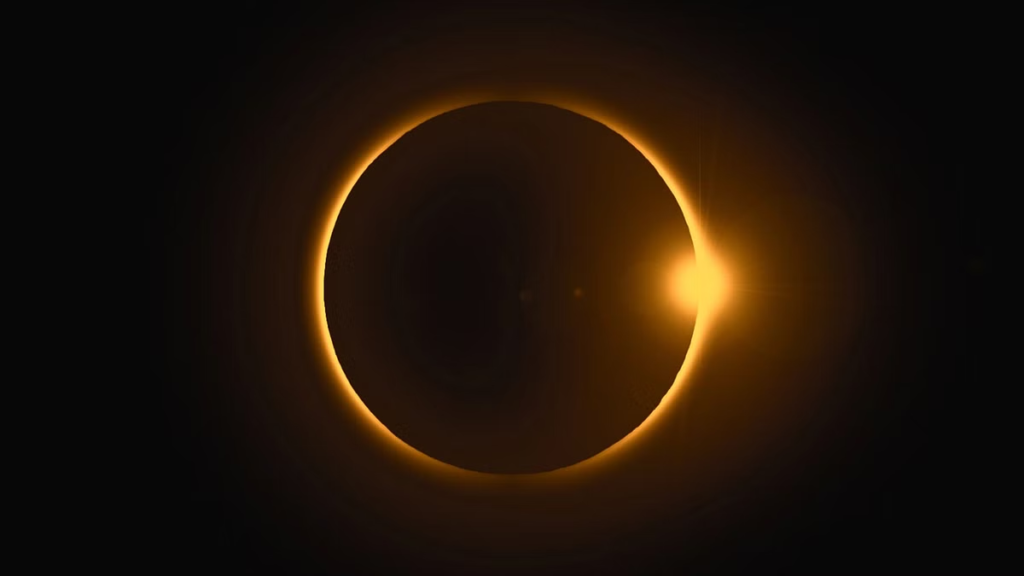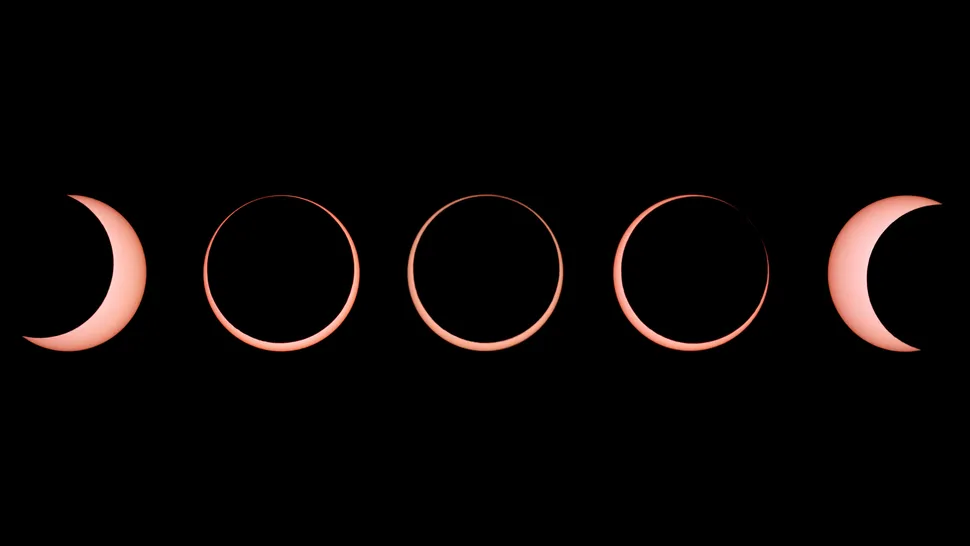Are you ready to witness a spectacular celestial event that will leave you in awe? Brace yourselves, sky enthusiasts, because NASA has just made an exciting announcement that has everyone talking – an annular solar eclipse, also known as the ‘ring of fire,’ is set to grace the skies over the United States. Get ready to experience a cosmic phenomenon that’s as mesmerizing as it is rare.
Table of Contents
- Introduction
- Understanding Annular Solar Eclipses
- The Science Behind the ‘Ring of Fire’
- Where and When to Witness the Eclipse
- Safety Precautions for Observing Eclipses
- How to Photograph the Annular Solar Eclipse
- Cultural Significance of Eclipses
- Previous Notable Eclipses Around the World
- Frequently Asked Questions (FAQs)
Introduction
The universe has a way of captivating our attention, and the upcoming annular solar eclipse is no exception. This extraordinary event occurs when the Moon passes between the Earth and the Sun, creating a mesmerizing spectacle of light and shadow.

Understanding Annular Solar Eclipse
An annular solar eclipse occurs when the apparent size of the Moon is smaller than that of the Sun, resulting in a stunning ring-like appearance. Unlike total solar eclipses where the Sun is entirely covered, during an annular eclipse, a radiant ring of sunlight – often referred to as the ‘ring of fire’ – encircles the silhouette of the Moon.
The Science Behind the ‘Ring of Fire’
The intricate celestial dance that gives rise to the annular eclipse is a remarkable display of celestial mechanics. As the Moon’s elliptical orbit brings it closer to the Earth, and the Earth’s elliptical orbit takes it closer to the Sun, a harmonious alignment occurs. This alignment is what causes the Moon to appear smaller against the Sun’s vast backdrop, creating the captivating ‘ring of fire.’
Where and When to Witness the Solar Eclipse
NASA is set to provide live coverage of an upcoming solar eclipse. Via its official account on the social media platform “X” (previously known as Twitter), NASA has shared the exciting news: “Mark your calendars for an extraordinary event. On October 14th, a captivating annular eclipse, often called the ‘ring of fire,’ will journey across the U.S. from the Oregon coast to the Gulf of Mexico.”
Safety Precautions for Observing Eclipse
While witnessing an annular solar eclipse is undoubtedly a thrilling experience, it’s crucial to prioritize safety. Staring directly at the Sun, even during an eclipse, can cause permanent eye damage. To safely observe the ‘ring of fire,’ use proper solar viewing glasses or telescopes equipped with solar filters.
How to Photograph the Annular Eclipse
Capturing the ephemeral beauty of an annular eclipse requires careful preparation. To photograph this celestial phenomenon, ensure you have the right equipment, such as a DSLR camera with a telephoto lens and solar filter. Don’t forget to experiment with different exposure settings to capture the intricate details of the eclipse’s corona.
Cultural Significance of Solar Eclipse
Throughout history, eclipses have held cultural and spiritual significance for various civilizations. They’ve been interpreted as omens, warnings, and even divine messages. Exploring the cultural impact of eclipses provides a fascinating insight into humanity’s relationship with the cosmos.
Previous Notable Eclipses Around the World
The annular solar eclipse in the US is just one chapter in a long history of remarkable eclipses. From the breathtaking totality of the Great American Eclipse in 2017 to the ethereal beauty of the Northern Lights during a solar eclipse in [Location], these cosmic events have left an indelible mark on sky gazers worldwide.
Conclusion
As the anticipation builds and the countdown to the annular solar eclipse begins, it’s a reminder of the vastness and beauty of the cosmos. This celestial spectacle is a chance for us to connect with the universe in a profound way, marveling at the intricate cosmic choreography that brings about the ‘ring of fire.’
Frequently Asked Questions (FAQs)
Q1: What is an annular solar eclipse? A1: An annular solar eclipse occurs when the Moon covers the center of the Sun, leaving a ring-like appearance of sunlight around it.
Q2: When and where will the eclipse be visible? A2: The eclipse will be visible primarily in the western regions of the United States on [Date]. Exact timings depend on your location.
Q3: How can I safely observe the annular eclipse? A3: Use proper solar viewing glasses or telescopes with solar filters to protect your eyes while observing the eclipse.
Q4: What is the cultural significance of eclipses? A4: Eclipses have held cultural and spiritual importance for various civilizations throughout history.
Q5: Can I photograph the eclipse with my smartphone? A5: While smartphones can capture basic images, for detailed and high-quality photographs, it’s recommended to use a DSLR camera with appropriate equipment.

